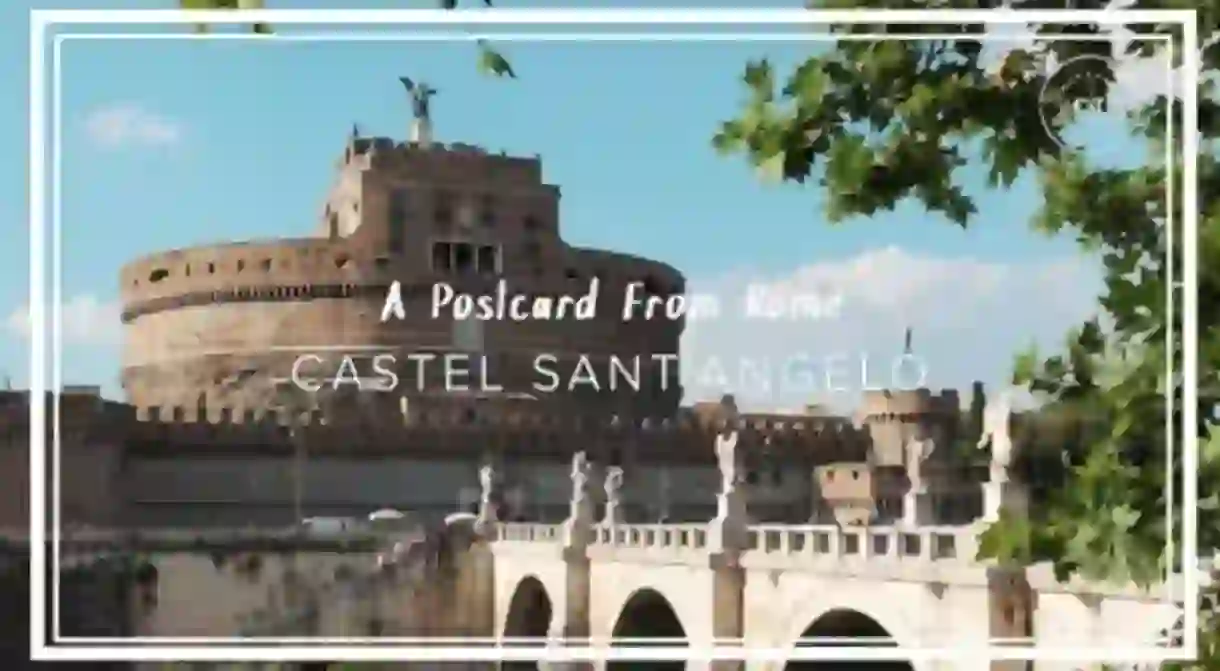History of Castel Sant'Angelo in 60 Seconds

Castel Sant’Angelo, a large cylindrical fortress located in the Prati district, is one of Rome’s most notable architectural sites. The name means “Castle of the Holy Angel,” and today it is a museum that affords some of the best views onto St. Peter’s Basilica and the Tiber River.
Roman Emperor Hadrian originally commissioned Castel Sant’Angelo on the banks of the Tiber River to be a large-scale mausoleum for his family. Built in the first century between 123-139 AD, Hadrian took inspiration from the nearby Mausoleum of Augustus, which was also a cylindrical tiered monument. The burial mound was originally topped with a garden and a golden statue of Hadrian with a four-horse chariot known as a quadriga, but today the fortress features a statue of the archangel Michael. Hadrian’s ashes were placed in the tomb after his death in 138, along with the reamins of his wife, Sabina, and those of their first adopted son, Lucius Aelius. Succeeding emperors were buried in the mausoleum for the next several decades, with Emperor Caracalla as the last in 217.
The tomb was converted into a military fortress, and architectural features were continually added to improve the fortification throughout the centuries. Pope Nicholas III famously connected the fortified structure to St. Peter’s Basilica with a secret passageway called Passetto di Borgo, which was to serve as an escape route for the popes if they ever faced danger. Pope Celement VII did end up using the passage as he sought refuge in Castel Sant’Angelo during the Sack of Rome in 1527.
The structure has also been used as a prison, and executions were performed in the inner courtyard. In the early 1900s, the castle restoration began, and a military museum was established. Among the highlights of visiting the museum is seeing the famous arched Ponte Sant’Angelo bridge, which extends from the castle and features 10 exquisitely carved angel statues.













